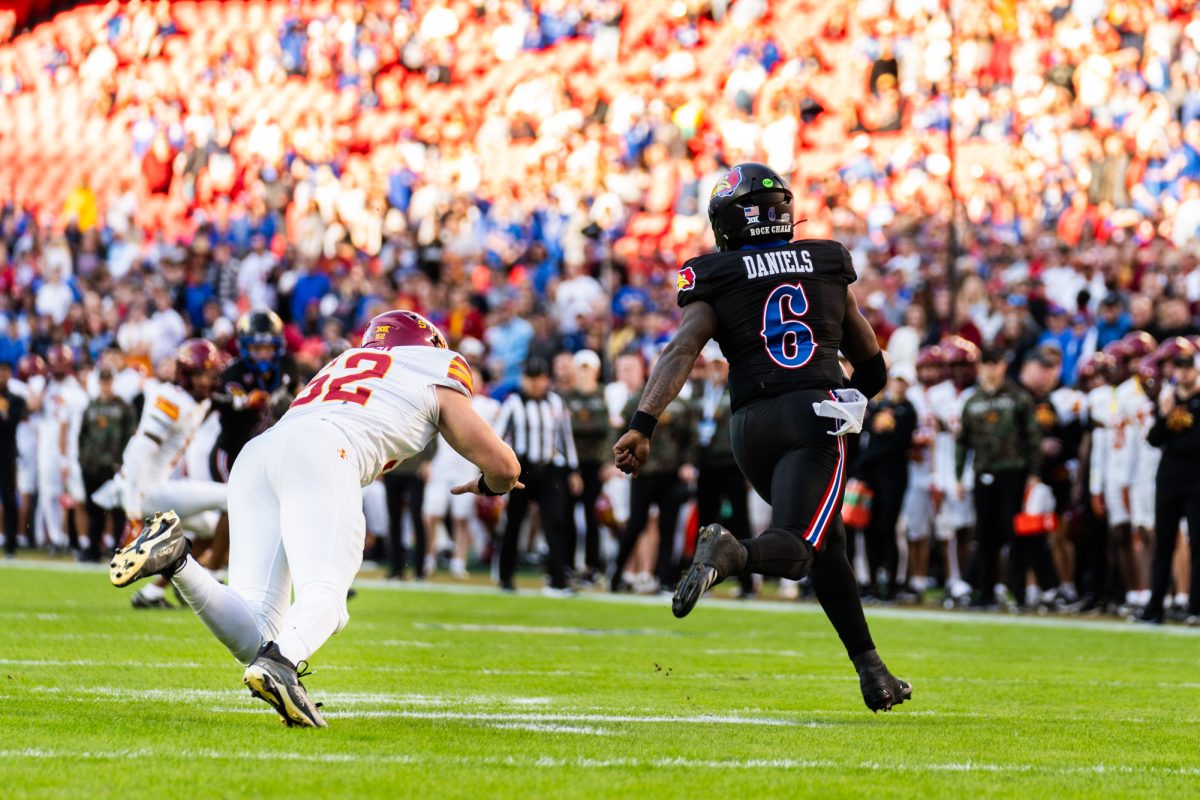ISU students survey hurricane ‘damage’
November 4, 1997
Acapulco is a city many think of as a picturesque tourist sight or an ideal location for spring break.
Acapulco also was the victim of Hurricane Pauline, which struck on Oct. 9.
Although most of the glamorous area of Acapulco Bay was spared from destruction, the media focused so much attention on the hurricane that there was a brief panic in the tourist industry.
More than 150 people died because of the hurricane, but the citizens who perished lived in some of the poorest areas of the country — far from Acapulco’s posh nightclubs and expensive restaurants.
Much of the media attention after the hurricane sounded misleading to the majority of the tourist industry. Worried that individuals might unnecessarily cancel their trips, Bianchi-Rossi Tours, which is based in Minneapolis, Minn., sent two Iowa State students to Acapulco to check out the “damage” for themselves.
Robert Bianchi-Rossi, president of Bianchi-Rossi Tours, stated in a press release, “the overall situation is not as grave as much of the press has depicted. What is important to note is that the vast majority of the city that is frequented by international travelers was not seriously affected.”
Bianchi-Rossi offered two all-expense paid trips to its ISU representatives, Tate Satern and Brian Deets.
Satern and Deets joined 19 other Bianchi-Rossi representatives from Midwestern universities to Acapulco.
They were in Acapulco the weekend of Oct. 24-26.
Deets, like many people, saw the media coverage of Hurricane Pauline and expected to travel to a land that had an extensive amount of damage. What Deets saw, however, was different from what was being portrayed on the nightly news.
“Basically, I didn’t see anything,” Deets, junior in advertising, said. “The whole reason [for taking the trip] was because both nationally and internationally, people thought Acapulco was just ruined, and that wasn’t and isn’t the case.”
Deets said he didn’t see any extensive damage. The most wreckage he saw during the trip was “some sand in the streets and a few wind-damaged trees.”
He said the beaches “were the cleanest I’ve seen.”
The Bianchi-Rossi group went to visit most of the prime tourist sights, Deets said, including many of the country’s hotels, beaches, businesses and nightclubs.
Deets and Satern also videotaped much of their trip for any concerned travelers to see.
“[Hurricane Pauline] had such minimal effects [on Acapulco Bay] that they probably recovered in a day or two,” Deets said.
Deets said the damage he saw was “little to none.”
The group viewed the majority of the hot spots in Acapulco Bay, Deets added, but did not travel to the poorest section of Acapulco, which received the bulk of the damage.
Deets, who has traveled to Acapulco three times, said “it was the same place I left eight months ago.”
Tate Satern, a senior in speech communication, also expected a lot of damage.
Like Deets, he said Acapulco still looked like the same place on the cover of tourist brochures.
“I thought [because of the media coverage] essentially that the entire city had been devastated and was in ruins,” Satern said. “But I guess I question whether the media was even in the right city.”
Satern said he thought Acapulco Bay did not receive anything from the hurricane except “rain — and any tropical area gets a decent amount of rain, anyway.”
Satern, who has traveled to Acapulco six times, said “it looked no different from the prior times I had been down there.”
The people of Acapulco Bay were more than happy to show us around, Satern said.
According to USA Today, Acapulco’s five million annual tourists account for 65 percent of the local economy.
Acapulco takes in $1.2 billion for annual tourist revenues.
Because of Acapulco’s incredible dependency on tourism, both Satern and Deets said they knew the National Bureau of Tourism would get the message out that Acapulco Bay was relatively unharmed by Pauline.






